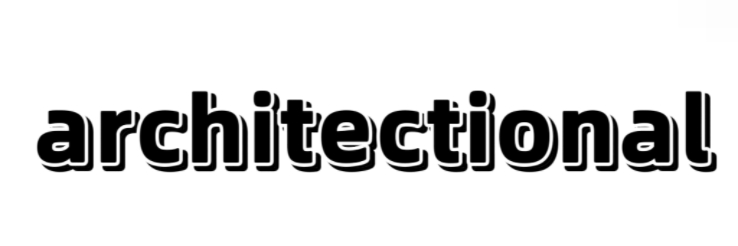What Are the Benefits of Roll-Bonded Clad Plates?
Introduction to Roll-Bonded Clad Plates
Roll-bonded clad plates are increasingly becoming the material of choice for various industries due to their unique properties and advantages. These plates consist of a core metal that is thermally and mechanically bonded to a cladding material, resulting in a composite that combines the best features of both metals. From the oil and gas sector to the construction industry, understanding the benefits of roll-bonded clad plates can significantly influence material selection and application efficiency.Enhanced Corrosion Resistance
One of the standout benefits of roll-bonded clad plates is their superior corrosion resistance. The cladding material, often made of stainless steel or other corrosion-resistant alloys, provides a protective barrier against aggressive environments. For instance, in oil and gas applications, where exposure to harsh chemicals is inevitable, using roll-bonded clad plates can prolong the lifespan of equipment and reduce maintenance costs.**Practical Tip:** When selecting roll-bonded clad plates for corrosive environments, consider the specific types of corrosion your application may face and choose a cladding material that caters to those challenges.Improved Strength-to-Weight Ratio
Roll-bonded clad plates also offer an impressive strength-to-weight ratio. The combination of two different materials allows for a lighter yet stronger product, which is essential in numerous applications like aerospace and automotive industries. A reduced weight leads to savings in fuel efficiency and an overall more sustainable operation.**Example:** An aerospace manufacturer might use roll-bonded clad plates to create lighter airframes, helping to improve aircraft performance while adhering to weight restrictions.Cost-Effectiveness
Another considerable advantage of roll-bonded clad plates is their cost-effectiveness. Although the initial investment may be higher than traditional materials, the long-term savings achieved through durability, reduced maintenance, and enhanced performance often outweigh these costs. Moreover, the ability to combine high-performance properties with lower-cost core materials can lead to significant savings.**Suggestion:** For projects with tight budgets, consider evaluating the total lifecycle costs of using roll-bonded clad plates versus conventionally processed materials.Versatility in Applications
Roll-bonded clad plates are remarkably versatile and can be customized to suit a wide range of applications across various industries. Whether it is for pressure vessels, heat exchangers, or offshore platforms, the adaptability of these plates allows engineers to utilize them effectively in diverse contexts.**Recommendation:** Always consult with manufacturers to explore specific cladding and core material combinations that best fit your unique application requirements.Ease of Fabrication and Installation
Another compelling benefit of roll-bonded clad plates is their ease of fabrication and installation. The plates can be cut, welded, and shaped similarly to traditional materials, simplifying the processes involved in manufacturing and constructing.**Tip:** When planning your project, ensure your fabrication team is familiar with the properties of roll-bonded clad plates to maximize efficiency and reduce errors.Common Questions About Roll-Bonded Clad Plates
**Q: How do I choose the right cladding material for my application?** A: The choice of cladding material depends on several factors such as corrosion resistance needs, mechanical properties, and the environment in which the clad plates will be used. Collaborating with material experts can help you make an informed decision.**Q: Are roll-bonded clad plates suitable for high-temperature applications?** A: Yes, many roll-bonded clad plates are engineered to withstand high-temperature environments. However, it's essential to verify the specific temperature ratings of the cladding materials used.**Q: Can roll-bonded clad plates be recycled?** A: Absolutely! Roll-bonded clad plates are recyclable, making them an environmentally friendly option in line with modern sustainability practices.Conclusion
In summary, the benefits of roll-bonded clad plates are substantial, making them a compelling choice for various industries. From enhanced corrosion resistance and improved strength-to-weight ratios to cost-effectiveness and fabrication ease, these plates provide practical solutions to common challenges faced by engineers and manufacturers. Investing in roll-bonded clad plates means choosing durability, performance, and versatility, ultimately leading to more successful projects and operations.If you are looking for more details, kindly visit Galvanized Steel Coils.
Suggested reading:SGC490 Steel Coils: The Ultimate Guide to Quality and Pricing


